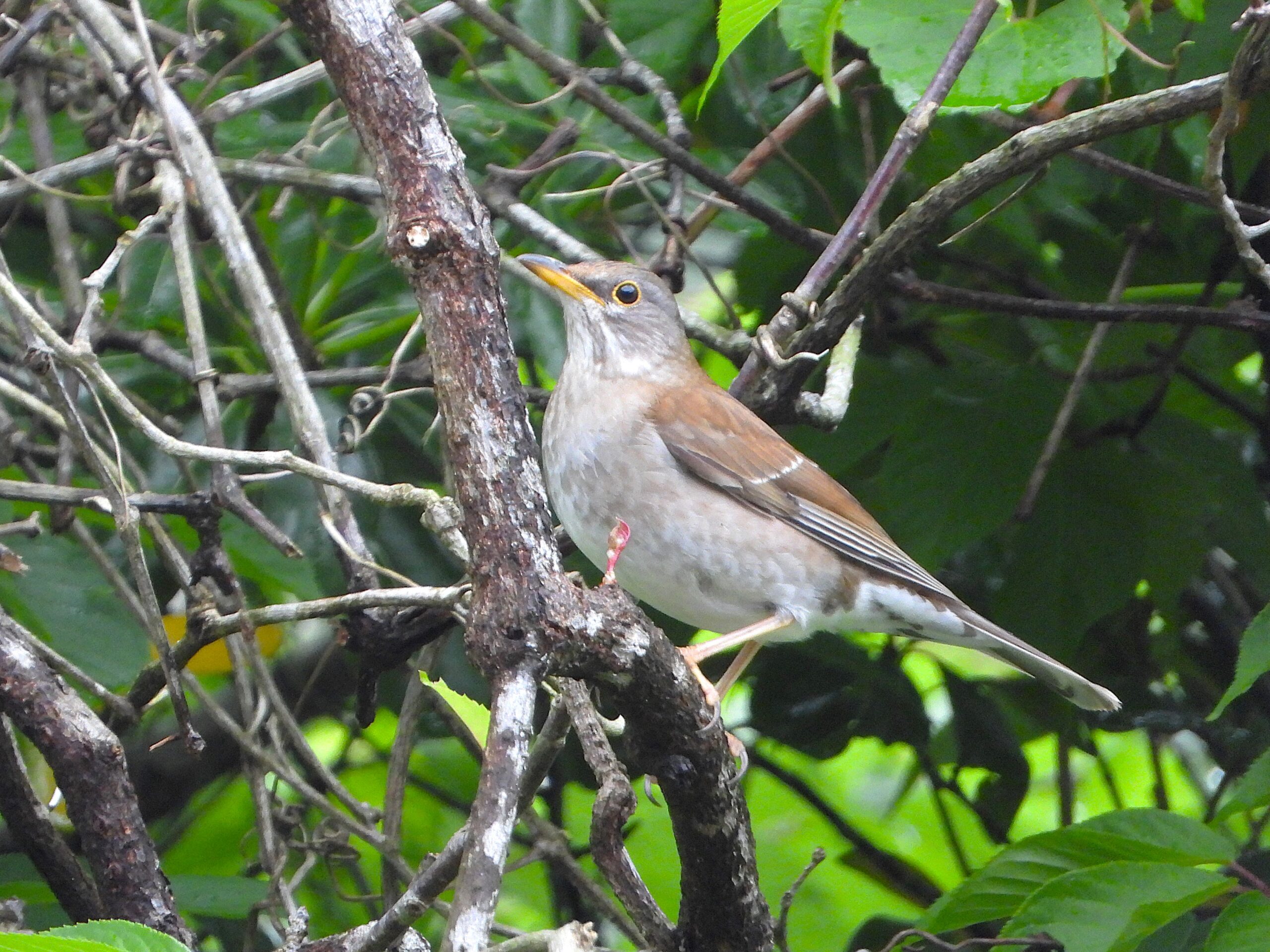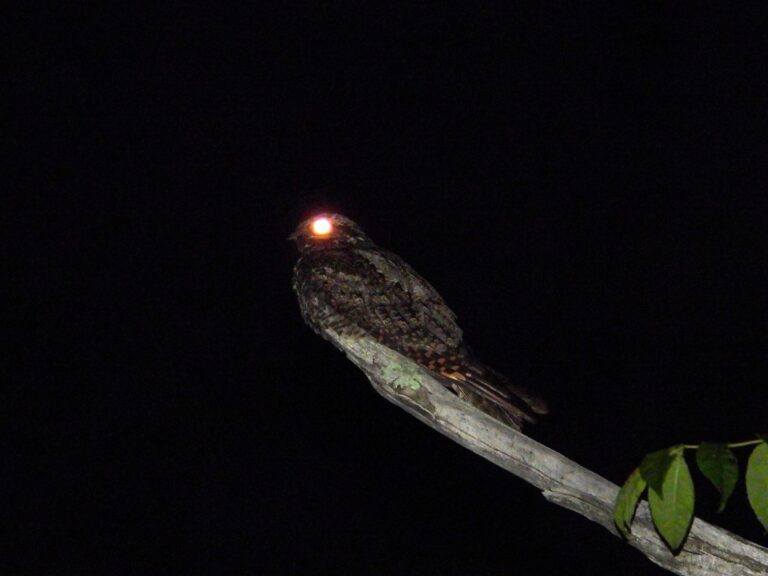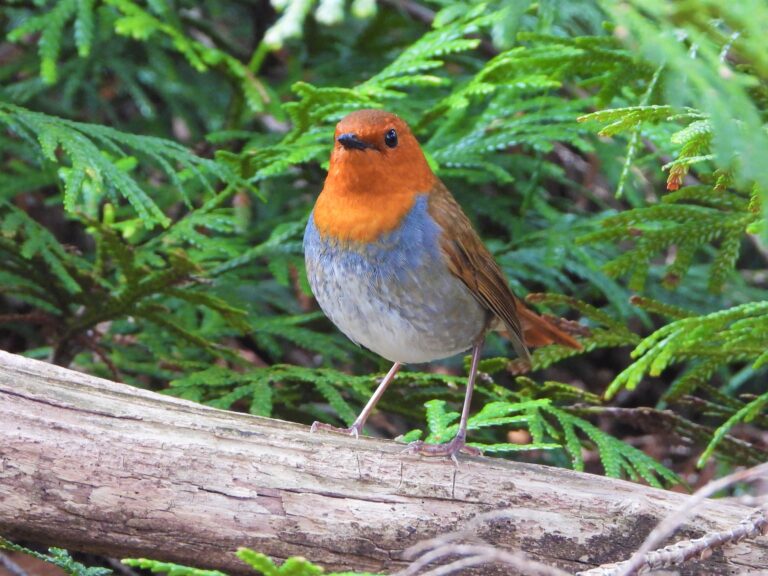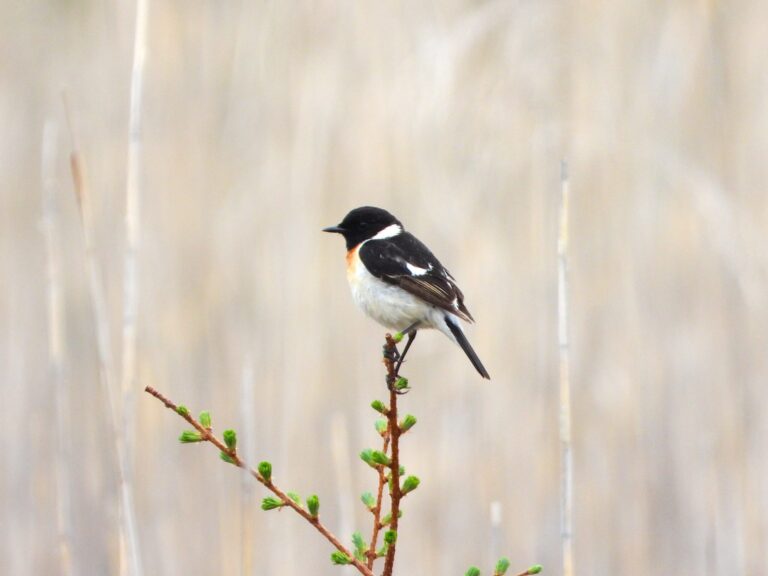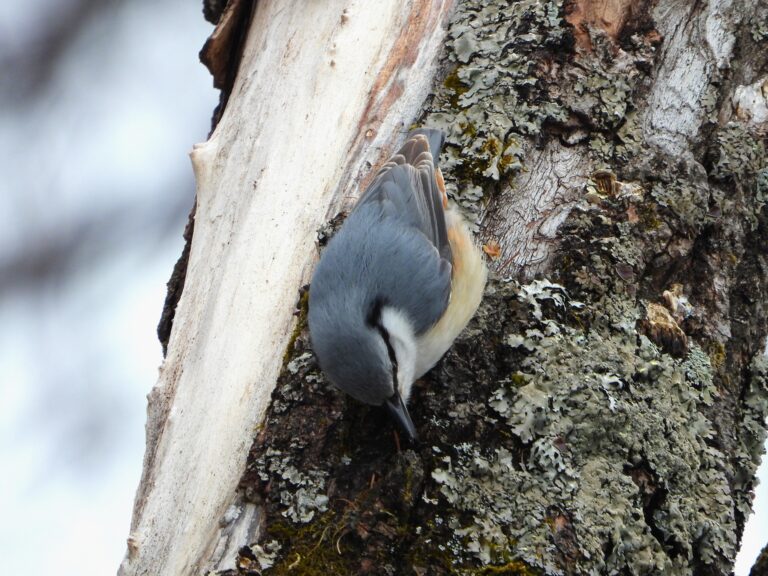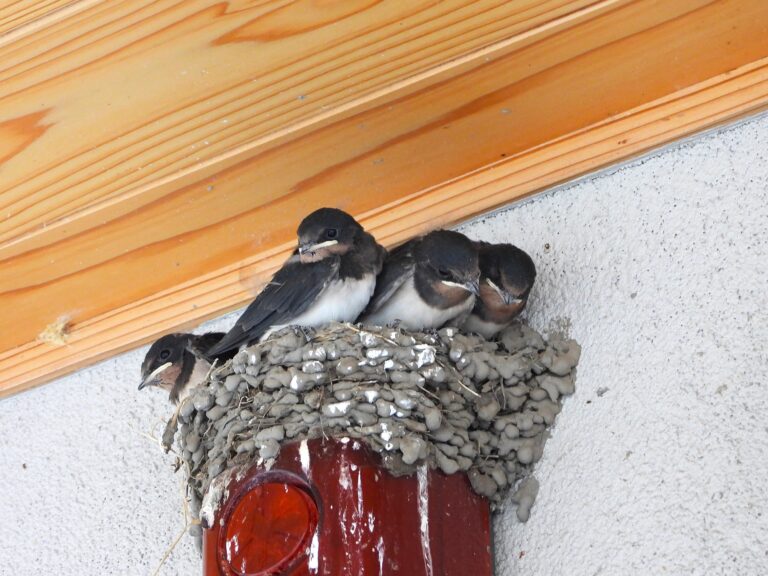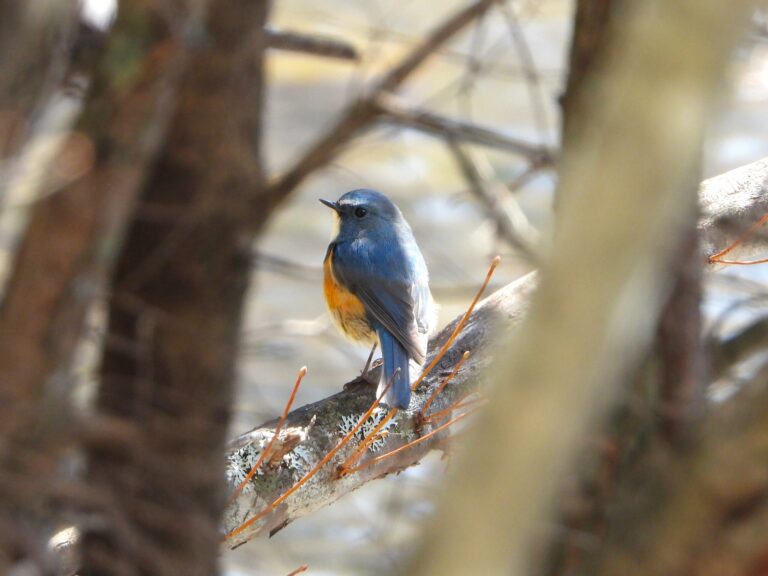Pale Thrush (Turdus pallidus) – Wildlife of Japan
Introduction
A soft-toned winter thrush across much of Japan, the Pale Thrush keeps low and quiet, flicking through leaf-litter for worms and insects under shrubs and in shaded woods.
Appearance
A medium thrush about 24–25 cm long: brown-gray head, olive-brown back, grayish-buff breast and flanks, and a clean white belly and undertail. The bill is dark above and yellowish to pale orange below; legs are pale orange-yellow. In flight, white tips on the outer tail feathers can show. Females/immatures are duller with paler throats.
Habitat & Distribution
Breeds mainly in the lower Amur/Ussuri region, NE China and Korea; winters widely in Japan, Taiwan and SE China. In Japan it is primarily a winter visitor nationwide—most numerous from central Honshū southward—with rare breeding records (e.g., Hiroshima; fledged young on Tsushima). Prefers lowland to foothill forests and dim woodlands with dense undergrowth.
Where to See in Japan
From November–March, check wooded parks, shrine groves and thickets across Honshū–Kyūshū; it also occurs in Okinawa as a winter bird. Around Tokyo, it’s regular in bushy edges at sites like Mt. Takao—walk slowly and listen for dry rustling as it forages.
Behavior
Shy and often concealed; usually solitary or in loose winter groups. Typical foraging is ground-gleaning in leaf-litter, followed by a dash back into cover with a soft, dry call.
Diet
Omnivorous: insects, spiders and earthworms, plus fruits/berries in winter. Ground-feeding is typical.
Reproduction (mostly outside Japan)
Breeding season roughly May–August. Builds a cup-shaped nest in a shrub or small tree; reported clutches of 4–6 eggs; incubation about 13–14 days, fledging 13–15 days. Rare breeding has been noted in Japan (see above).
Conservation
Globally assessed as Least Concern (IUCN/BirdLife). In Japan it is a common winter visitor and not on the national Red List. Preserving wooded parks and undergrowth benefits local wintering populations.
Author’s Impression
On cold, still mornings I often notice a faint “tek” and a sudden rustle—then a Pale Thrush hops into view, intent on its leaf-litter search. Pause, keep quiet, and it will resume feeding just a few meters away.

